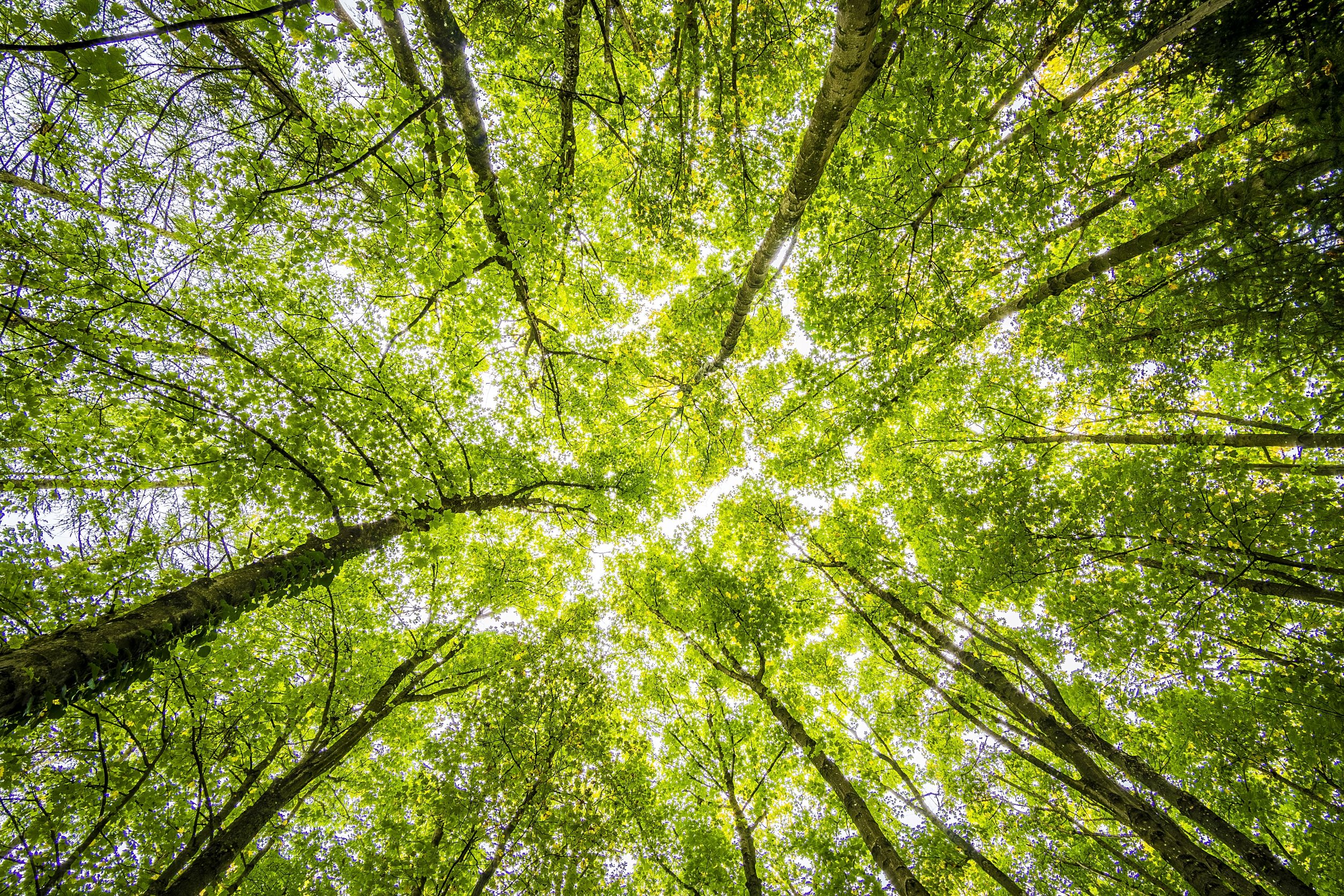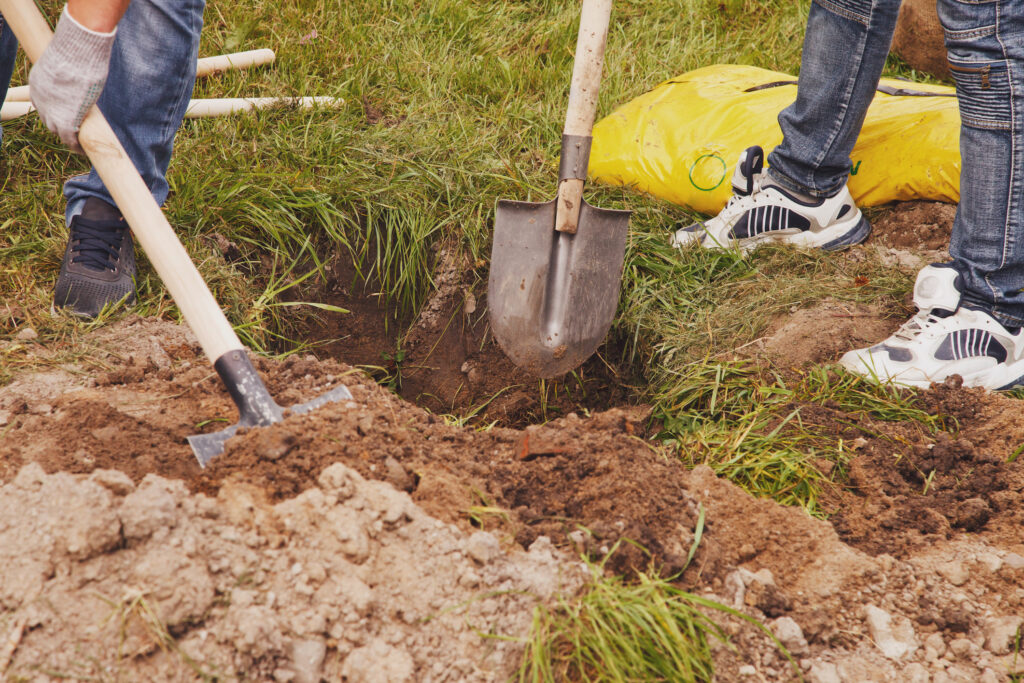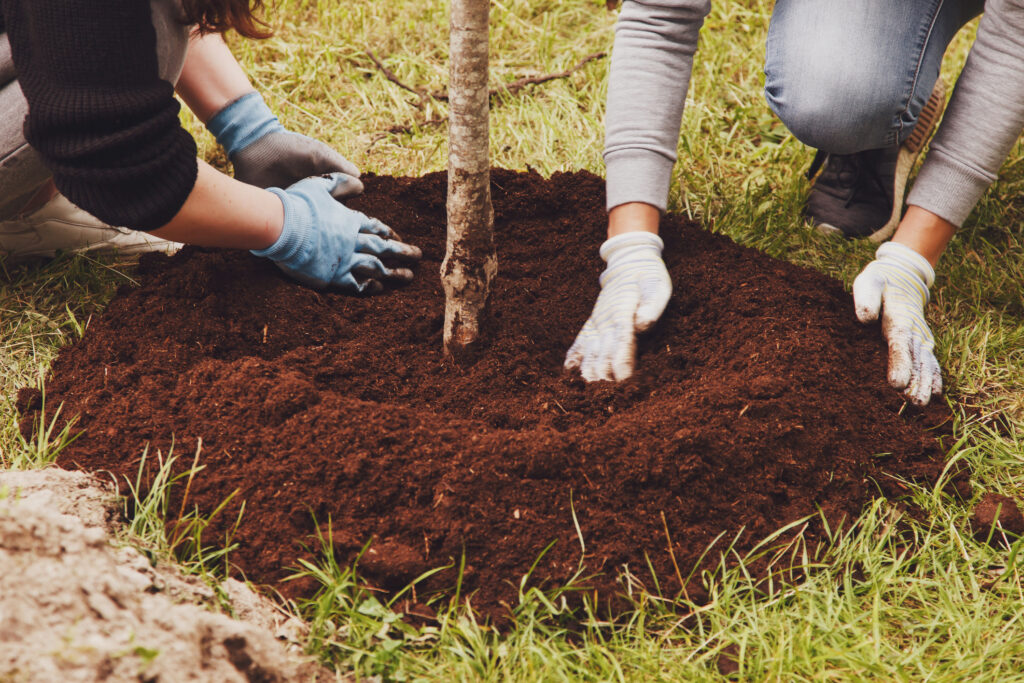Tips for Tree Planting
Planting a tree is a great decision for your landscape… and the planet! Preparing the land makes a difference between a healthy and unhealthy tree. Proper preparation includes site assessment, soil improvement, digging the hole, and prepping the vegetation.

Before you start buying and planting, research the different types of trees that grow well in the area. Consider the soil type, climate and available space. There is a myriad of resources, including the Arbor Day Foundation.
The time of year you plant is vital to tree growth success. Fall is the ideal planting time, but spring is good as long as you plant early enough to allow roots to take hold before the extreme heat of summer.
The time of year you plant is Once you’ve researched the appropriate types of trees for the area, contact the city to see if there is a tree sharing program available. If not, visit a respected nursery or garden center that sells trees. Make sure you get quality trees that were grown locally.
The time of year you plant is Don’t ever dig in your yard without first calling 811. A crew will come out and mark all gas, electric and other lines buried underground.

When ready to plant the tree, dig a hole that’s at least twice the size of the root ball. Make sure that the soil at the bottom of the hole is loosened before planting the tree.
Amend soil before planting the tree. Improving soil texture and structure, especially in areas deprived of nutrients, is essential for the health of a tree. The best soil amendment is compost. Organic matter releases nutrients that become absorbed by soil-dwelling microorganisms. If you don’t make your own, use Living Earth® Organic Compost.

Now that you have your hole ready, it’s time to plant. Carefully remove the tree from the pot and position it in the hole. Check for a watering ring around the base of the tree and make sure it’s sitting at the same depth it was planted in the pot.
Fill the hole with enough soil to firmly but gently hold the tree in place. Use a quality, organic soil like Tree & Shrub Mix. Depending on your soil type, you may need an aggregate like a clay killer.
Now that your new tree is planted, soak the area with water.
Use a stake or two to help ensure that the tree gets enough support until its roots are well established. Tie the stakes securely and make sure they don’t rub against the trunk of the tree.
You’re almost done with the planting process! Cover the base of the tree with a generous layer of Living Earth® mulch to help keep the moisture levels consistent. You may also want to feed your tree with a slow-release fertilizer to help ensure it has all the nutrients it needs to grow. Further, keep in mind that proper watering is vital to tree health, especially young trees.
Planting a tree is a great way to help the environment. So, let’s start planting!